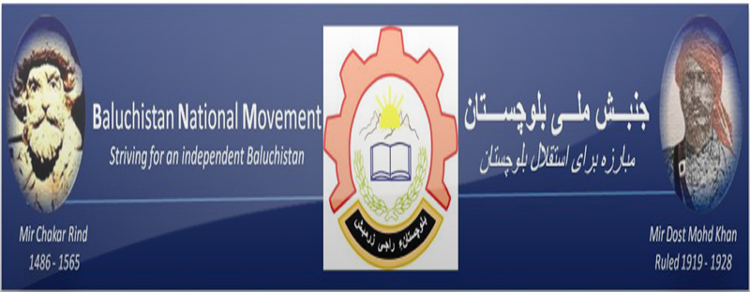Andrew Scott Cooper | Author of The Oil Kings: How the U.S., Iran, and Saudi Arabia Changed the Balance of Power in the Middle East(Simon & Schuster, 2011) and The Fall of Heaven: The Pahlavis and the Last Days of Imperial Iran (Henry Holt and Co., 2016)
Revolutions are famously hard acts to follow. That much is evident today in Iran where popular support runs high for the Pahlavi dynasty, whose ouster in 1979 led to the establishment of ayatollah Ruhollah Khomeini’s Islamic Republic. Indeed, it was only a year ago that large crowds filled the streets of Iran’s villages and towns calling for an end to clerical rule, restoration of the monarchy, and the return from exile of the shah’s widow, Farah, and the couple’s son, Reza, who has amassed more than 1 million followers on social media. By disassociating themselves from the revolution, which supposedly happened in their name, the Iranian people were also rejecting the regime the revolution claimed to legitimize. This phenomenon, seen time and again throughout the Iranian historical experience, is usually the precursor to dynastic change. One revolutionary moment is over; another may be about to begin.
Fatemeh Moghadam | Professor emerita of economics at Hofstra University in New York, author of From Land Reform to Revolution: The Political Economy of Agricultural Development in Iran (I.B. Tauris, 1995)
Looking at GDP rankings, Iran was the world’s 29th, 18th, and 27th largest economy in 1960, 1977, and 2017, respectively. Given substantial population growth since the revolution in 1979, the decline in per capita GDP ranking is sharper. There has been economic mismanagement, inefficient economic organs, and a general state of corruption.
However, sanctions have also been devastating. Iran’s revolutionary anti-American, anti-Zionist ideology, combined with its regional activities, have been blamed for the sanctions. But Iran’s cooperation with the United States in Afghanistan after the September 11, 2001 attacks in Washington and New York was followed by its being listed as a member of the Axis of Evil. And Iran’s acceptance of the nuclear deal with the five permanent members of the United Nations Security Council, plus Germany, was immediately followed by U.S. Congressional sanctions and was subsequently nullified by the Trump administration’s withdrawal from the agreement.
So, the question is whether it is Iran that is frozen in its revolutionary ideology, or whether it is the United States and Iran’s regional rivals who are frozen in their anti-Iran approach? Why should Iran pursue accommodation if there is no reward?
Malcolm Byrne | Deputy director and research director at the nongovernmental National Security Archive, where he directs the U.S.-Iran Relations Project, author, most recently, of Iran-Contra: Reagan’s Scandal and the Unchecked Abuse of Presidential Power(University Press of Kansas, 2017)
One area in which the Iranian Revolution may be said to have been both liberating and imprisoning is in Iran’s relations with the West, especially the United States. Removing the yoke of imperialism was a core revolutionary aim that at one time unquestionably had some historical foundation. But as the decades have passed, that history has proven to be more complex. The late shah Mohammed Reza Pahlavi’s actions were less scripted by Washington than by his own ambitions, and the motivations of U.S. presidents (Richard Nixon being a partial exception) more nuanced than many critics of the relationship allowed.
More importantly, it is ever harder to identify any upside to 40 years of ill-conceived policies, deadly miscalculations, willful ignorance, and poisonous rhetoric—on both sides—when the chief outcomes have been lost lives, inflamed hatreds, wasted resources, and the nurturing of fertile ground for extremists of all stripes. It is a revealing case of history’s power to shape narratives and stoke passions to a point where the world itself has become something of a prisoner.

